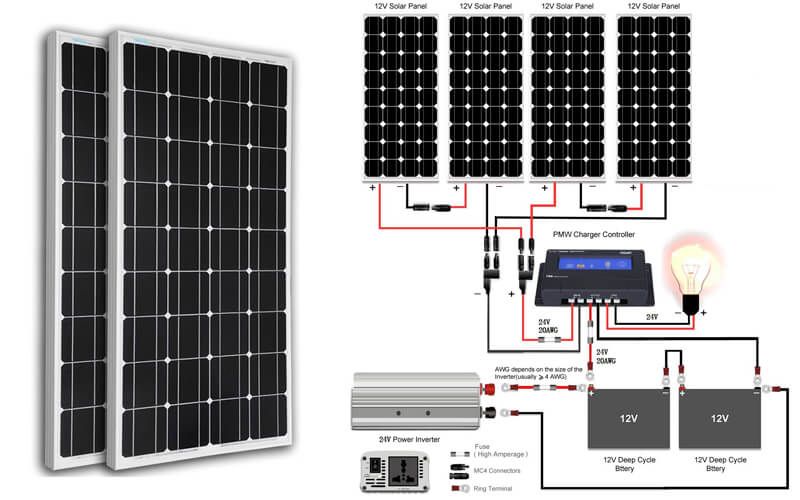
On-grid solar PV kits are the easiest possible ways to transform your home or business into an energy-producing machine. They are fully certified kits that come with everything you need to go green. These kits are completely expandable.
While using the on-grid applications, you will become a small business as you’re using your solar PV system investment to produce energy. After that, you’re selling back the energy to the utility company. As a result, it will help you write off your investment
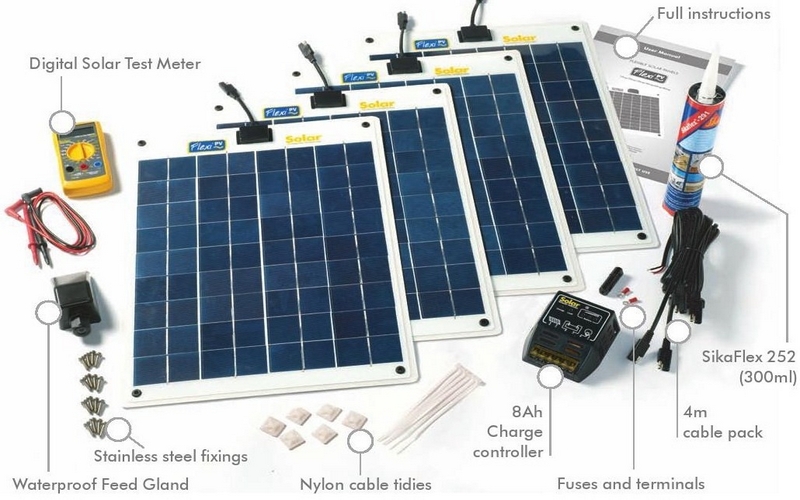
Solar PV or solar photovoltaic is the DC electricity created from the sun. This phenomenon was described first by Albert Einstein in 1905 and awarded with a Nobel Prize for his wonderful discovery. However, the first solar photovoltaic cells were created by Bell Laboratories in 1954. It was adopted by NASA in 1960.
In the early seventies, the PV cells have been used in small electronic devices like calculators and wristwatches. However, materials exhibiting photoelectric properties occur at the
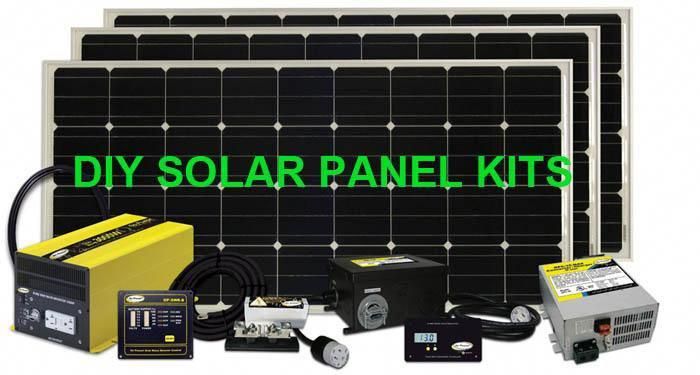
Do you want simple to install and use solar PV kits for your residential projects or home heating applications? We can provide energy efficient and affordable solar PV kits that would work in extremely cold condition and create heat with photovoltaic energy. You can fit these solar PV panels to continue generating heat even if it is -40 deg Centigrade outside.
If you need DIY photovoltaic panels, you should not try it alone without following professional guidance on assembly and installation. We
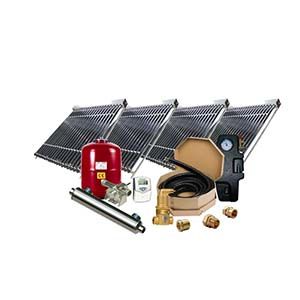
Solar panels are considered as the popular renewable technology around the world. Thanks to the government incentives and tax benefits, the demand for solar PV kits has been booming over the last decade.
How do solar panels work?
Solar PV panels transform the free energy from the sun into electricity. Then, it is converted from a DC current to an AC current through an inverter, making it easy to use in the household. The solar panels absorb the solar energy and convert it into the DC electricity
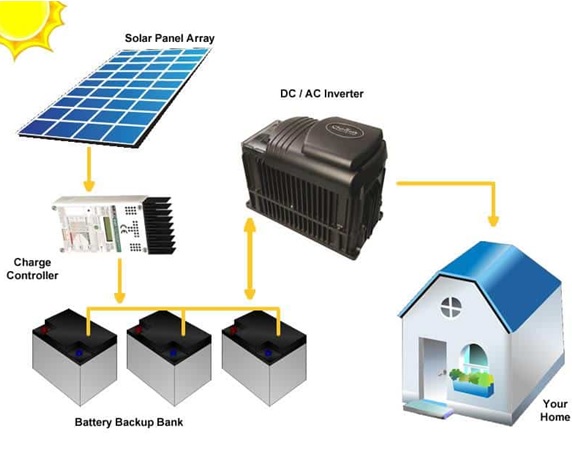 Albert Einstein first described the solar photovoltaic (solar PV) phenomenon and won the Nobel Prize for his surprising discovery. Bell Laboratories made the first solar voltaic cells in 1954. In 1960, NASA adopted this technology, and the widespread PV cell production was popular in small electronics like calculators and wristwatches in the early 70s.
Albert Einstein first described the solar photovoltaic (solar PV) phenomenon and won the Nobel Prize for his surprising discovery. Bell Laboratories made the first solar voltaic cells in 1954. In 1960, NASA adopted this technology, and the widespread PV cell production was popular in small electronics like calculators and wristwatches in the early 70s.
Specific materials exhibit the photoelectric property that occurs at the atomic level. The principle is the same as the way the solar photons